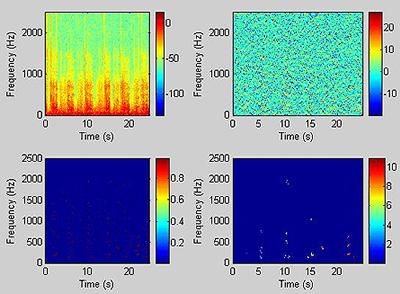Research project: Computerised lung sound analysis as an outcome measure for physiotherapy airway clearance techniques - Dormant - Dormant
Physiotherapists often treat patients with excessive airway secretions (e.g. patients with cystic fibrosis, bronchiectasis, chest infections). At present it is very difficult to know which treatment is most effective, because we have very few good objective outcome measures. The sounds made by the lungs give us information about how clear someone’s chest may be, but traditional stethoscopes rely on the subjective opinion of the listening clinician. Using a computer to analyse the lung sounds makes this process more objective. This PhD programme involves using computerised lung sound analysis in both patients and healthy subjects, to assess its potential as a clinically useful objective outcome measure.

